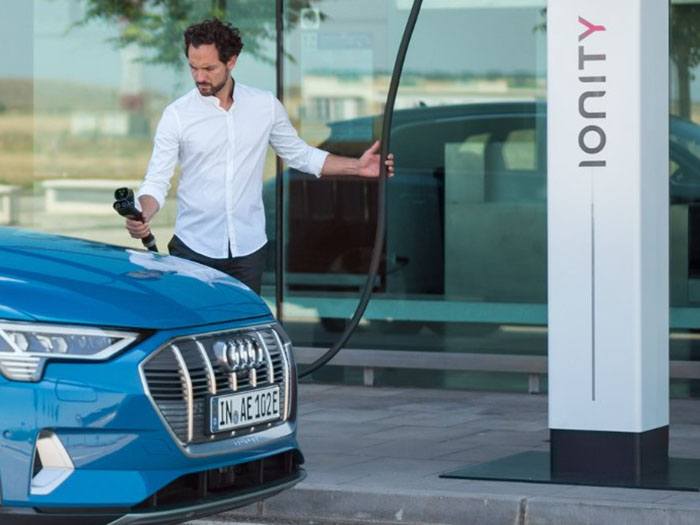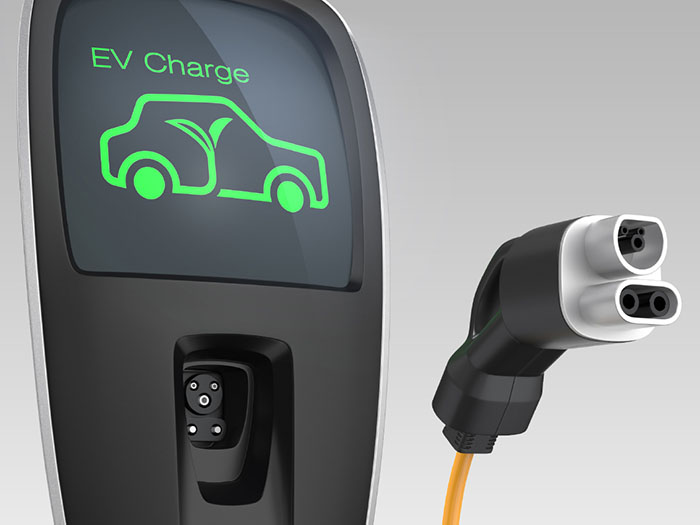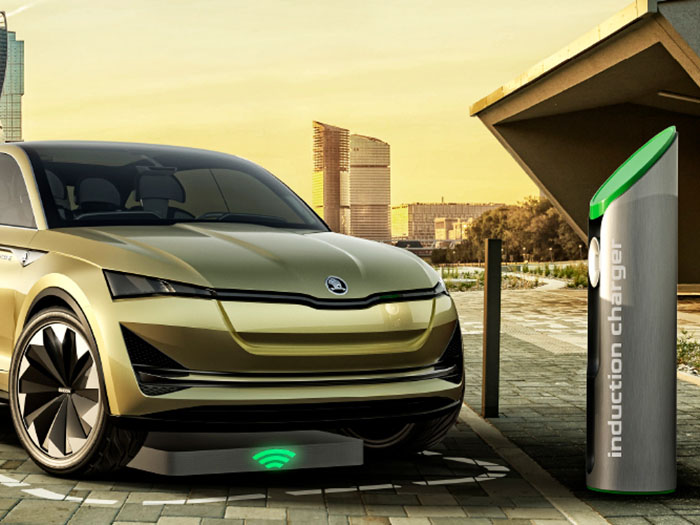Short practical guide to charging an electric car
Public charging columns and private spaces, different charging capacities and cable types. Here is some useful information to get your bearings.
Electric cars need to “refuel” just like traditional vehicles – only in this case, they do not need to be filled with liquid or gas, but rather with energy to recharge their batteries. It is an operation which can have very different features, depending on the situation and the tools used, and which represents a significant variable in the e-mobility routine.
While we may be accustomed to filling up with fuel practically anywhere in a matter of minutes, recharging an electric vehicle requires a slightly different approach. You need to take into account your current location, the time available and the type of infrastructure at your disposal – most importantly, its transmission capacity of electric current, measured in kW. The time needed to recharge depends on this number.
Public charging...

There are essentially two possibilities when charging a zero-emissions vehicle: public and private, and each of them includes various options.
Public charging makes use of charging stations, which may have different capacities. It depends on whether they supply alternating current (AC) – at a power of between 3.5 and 22 kW – or direct current (DC). The latter can provide up to 350 kW of output, but 50 kW is already very good, allowing you to recharge the battery pack of an average car to 80% in about 30 minutes.
...and private charging

In private locations, such as homes or workplaces, it is also possible to use a regular electrical socket to charge up your electric vehicle, but a standard main socket is limited to around 3 kW, so a full charge is likely to mean leaving it plugged in overnight, or even an entire day.
The best solution for home charging is currently a wall box, in other words a compact charging station that can be installed either in a private garage or in a shared space in an apartment block, and connected to a new circuit of an existing supply or to a new supply. The power output of a wall box ranges from 3.5 to 22 kW, meaning a full charge can take as little as a few hours.
Cables and connectors

Over the years, the cables and connectors used for EV charging have changed as technology has advanced. Today, a European standard has been reached for both.
Connectors for AC charging are divided into four types: type 1, type 2 – the most common, also known as Mennekes – type 3A (dedicated to light vehicles) and type 3C. Those for DC charging are CHAdeMO and CCS Combo2, which is the most recently developed: it allows both DC fast charging and “standard” AC charging, and is rapidly spreading to all the upcoming generation of electric cars.
The solutions of the future

Over the next few years, 150 kW fast charging stations will become increasingly common, allowing vehicles to be charged in a very short space of time, much like fossil fuel refuelling. More futuristic, although technically already feasible, is wireless charging via dedicated platforms or even entire stretches of road with the technology incorporated. In this case, the energy transfer occurs via induction between the charging infrastructure in the ground and the vehicle’s floor.
A “Battery Swap” – switching out the flat battery pack with a freshly charged one – is another possibility, but it is a little more complex when it comes to cars. In this case, difficulties can be both structural and dimensional in nature, but it is a solution suitable for smaller vehicles, and, for example, it has been already used on the Minimó, the urban micromobility vehicle recently unveiled by SEAT.
